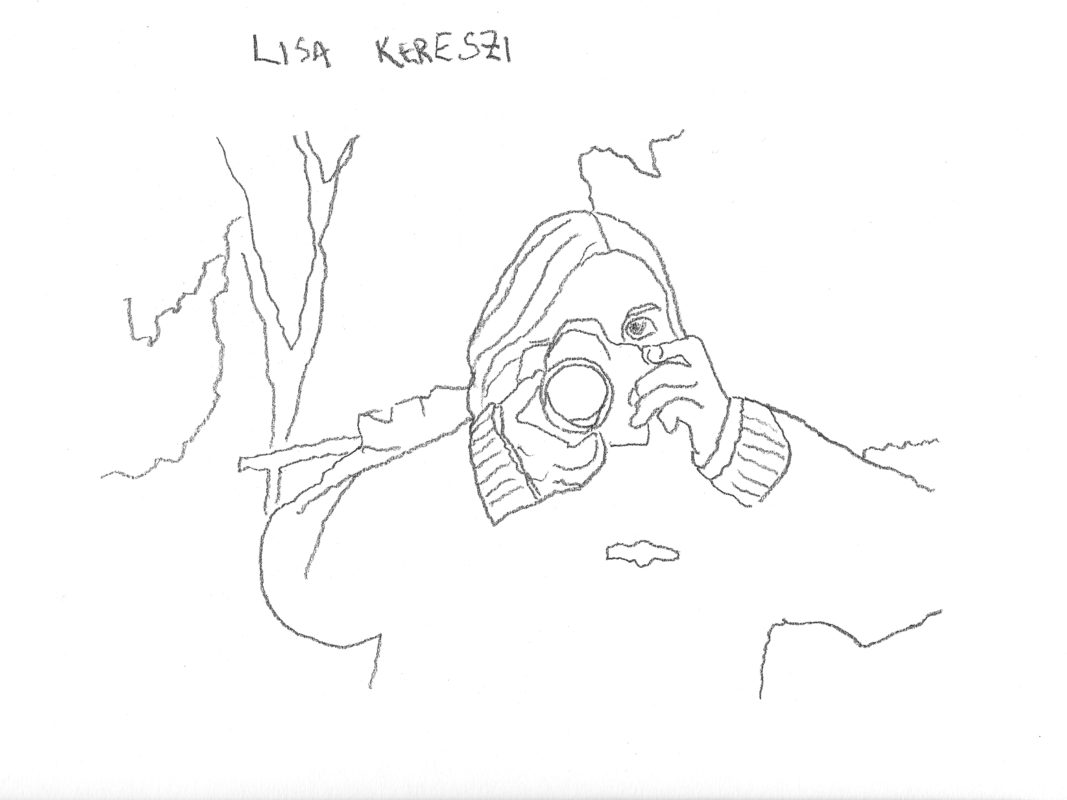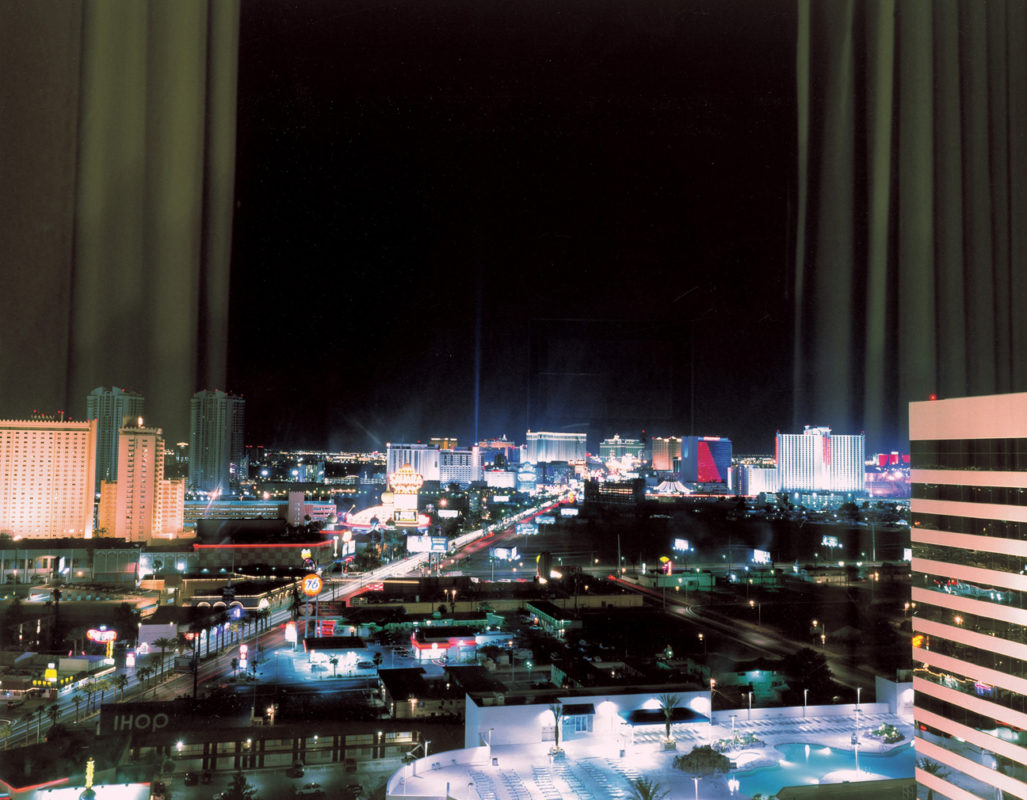Lisa Kereszi
- Artist Statement
- Curator Statement
- zingmagazine project
- Website
Artist Statement
Facing Addiction: Looking at Drugs and Alcohol in People’s Lives
When I first thought of this project, I shrugged it off. Actually, I pushed it as far into the back of my mind as I could: “It’s too hard, too close to home. People won’t understand it. They’ll think I’m being judgmental about drug or alcohol use.” However, I realized that the fear that I was feeling was the exact reason to go through with it. I wanted to be less afraid in its presence; I knew that there were things that I needed to learn about this topic.
I set about my task, which was to find people whose lives include, and/or have been affected in some way by, drug or alcohol addiction. I wanted to look at addicts themselves, and also the families—spouses, children, parents, friends. My plan was (and is) to photograph the person as they speak of experiences, using pieces from these interviews as the text to accompany the pictures. I’d never really made portraits before, so my first attempts were really struggles between what I thought that a portrait was supposed to look like, and what I needed to do in order to get these faces to show . . . something, whether it would be emotion, wisdom, pain, realness behind a mask of toughness or survival skills or denial or the state of being high.
I also began to photograph at bars and parties, looking at all sorts of people using substances, things to bring them up or calm them down, to get them in gear or to loosen them up, to make them think, perhaps, or to not think at all. I wanted to look at people interacting sexually among friends or family. In these forums, it is often difficult to tell who is an addict and who is a casual user. I’m now starting to learn that to make that discernment is unnecessary and even stereotypical. I want to show people in general and their relationships with substances, with experiences ranging from the casual to the habitual to the seldom. There are people in the pictures in moments of deep pain, and there are people having great fun.
I didn’t have to look very far to find those who would talk to me on the topic, who were very interested in what I was doing. This surprised me, and at times depressed me; this disease is everywhere and not addressed in a supportive, helpful way by society, by schools, by prisons, by many churches, by most parents, by our country’s “War on Drugs”. By talking and learning from people who had “been there and back,” I began to see that there are ways that we can band together and face the pain that makes us take on addictive behaviors, making a community that is stronger than we ever thought possible. But it’s not going to happen easily, or for a long time on a larger scale.
There are many, many support groups and services made available to all who choose to use them. The Lower East Side Needle Exchange is an amazing place, where I am currently a volunteer worker and photographer. Its primary service is to supply needles to the area’s intravenous drug users to stop the spread of the disease, HIV in particular. But its presence serves the community in many other positive ways. Besides healthcare made available to those who otherwise could not afford it, it is a place that through acceptance and patience and harm reduction services, miraculously helps many people move closer to health. A large number choose to move towards recovery, but it is not forced at all. There are poetry readings, writing workshops, meditation classes, acupuncture, support groups and counseling—all there for the taking, free. It is a place that is helping me to see people, the issues, and my feelings more clearly. Taking pictures there has helped me to see people, and learn how to reach out and include them. People actually want to be photographed; it makes them part of something, makes them feel important and noticed.
My take on drug use has changed greatly, and my understanding expanded. But believe me, there is an infinite amount of information and experience that is out there waiting for me. I wanted to find out why this person was an addict, that person was not. I wanted to change my own perceptions and judgments of the disease. I wanted to see how others affected or afflicted got by, made their lives livable. I also really wanted to be able to see into someone’s face, to be able to look someone into the eye and not be so afraid that I must avert mine. I wanted to be unafraid to take a picture. I also wanted to give people a place to speak out, and maybe even to influence another’s ideas on the subject, to help someone else whose life needs hope.
Las Vegas at Night
As I was growing up, my father ran the family junkyard, and my mother, for a time, had an antique shop. I was surrounded by junk! My mom dragged us out of bed to go to the flea markets and yard sales, in the hopes of finding a masterpiece, something of value to lift us up financially. I am a product of the idea of one man’s trash being another man’s treasure. So the act of finding and salvage is key to the work. I am an artist who goes out in the world to gather the things I see, point them out, show their importance and meaning, then bring them back to the darkroom (then the museum) on film.
I try to look at the tawdry and the derelict and present them in a matter-of-fact way, but with love and not wholly disdain. I go out and seek magic and treasure in the world I see. Some of the photographs are from my travels – the Strip in Vegas as seen from (and with) the parting in the curtains of my hotel room, or from a great distance reaching up into the sky like a tractor beam in reverse, or a cruise ship departing – seen from Miami Beach just after sunset, a red Ferrari swathed in a red car cozy, found in a basement elsewhere in Florida. But some images come from places closer to me – the office of my family’s failing junkyard business, the pulsating wall of the roller rink where I first felt the insecurity and stirrings of a pre-pubescent girl in the early Eighties. I am drawn to the anonymous experiences of the strip club and the cheap motel, where a lack of intimacy cloaks everything.
I am interested in fantasy, in escape and glamour, and the frustrated experience one can have in ever really achieving either. I take a basically documentary approach – using available light, printing full-frame, rarely moving items around, not bringing in props. By selection, framing and light, I hope to transform these everyday occurrences and events of light and shadow into something beyond merely a document. That something else has poetry; it acts as a metaphor, for something larger – like a mental state – a feeling of lack or loss, or an intense desire for escape.
Curator Statement
Lisa Kereszi’s work stems from an acute awareness of the oblique. Oblique in that she is able to get underneath and around her subjects, become part of the mix, decidedly sleep with the enemy, and retreat without a scratch. She guides us into different private lives, closed spaces, deserted roads, haunted bars, empty minds, hollow roofs, ghostly subway platforms, sad keggers, dangerous moments. This ability to show us something somewhere, some part of another that is somehow a part of ourselves, has earned her the prestigious Bucksbaum photography award. And this ability creates series like the “Drinking” series in the Dikeou Collection and zingmagazine issue 9, or “Two Suicides” in issue 6, as well as “Night Light” in issue 16. Oblique is a word that describes her work, and obliquely, you get to the heart of it the other way around, indirectly. You find yourself in the furtive tensions, the soft latent delicacies, and almost from beneath she exposes in her subjects the forgotten, the displaced, the quiet silence, that only rings more and more loudly.













